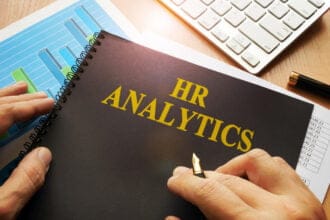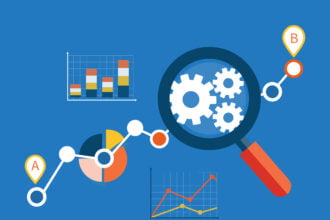Let’s try a test.
Organization ABC has deployed top-tier enterprise software. It has hired an army of expensive consultants who advise that people should follow specific business practices designed to maximize data quality.
Contrast ABC with organization XYZ. The latter’s management never upgraded its mainframe, bought “modern” apps and, to be frank, some of its business processes are antiquated.
Based on this information, which organization manages its data better?
Let’s try a test.
Organization ABC has deployed top-tier enterprise software. It has hired an army of expensive consultants who advise that people should follow specific business practices designed to maximize data quality.
Contrast ABC with organization XYZ. The latter’s management never upgraded its mainframe, bought “modern” apps and, to be frank, some of its business processes are antiquated.
Based on this information, which organization manages its data better?
You’d probably guess ABC, right? Why? The answer can be found in Daniel Kahneman’s new book Thinking, Fast and Slow (affiliate link). He writes about how the human brain is broken into two systems. From the book’s Amazon page:
System 1 is fast, intuitive, and emotional; System 2 is slower, more deliberative, and more logical. Kahneman exposes the extraordinary capabilities—and also the faults and biases—of fast thinking, and reveals the pervasive influence of intuitive impressions on our thoughts and behavior. The impact of loss aversion and overconfidence on corporate strategies, the difficulties of predicting what will make us happy in the future, the challenges of properly framing risks at work and at home, the profound effect of cognitive biases on everything from playing the stock market to planning the next vacation—each of these can be understood only by knowing how the two systems work together to shape our judgments and decisions.
When you read the start of this post, you were invoking System 1.
Kahneman has taken some flak from academics because he has ostensibly simplified years of research. Pay them no heed. Few people are going to read books written like dense theses rife with citations.
This notion of two systems is essential in understanding how we interpret–or fail to interpret data. In Chapter 19 of the book, he writes about how intelligence on 9/11 gathered a few months before that awful day was not reported directly to George W. Bush. Rather, that information went to Condoleeza Rice, then National Security Advisor.
Of course, hindsight is 20/20. It’s easy to point fingers because we know now what we didn’t know then. But how often is that the case?
False Causality
Systems 1 dominates most of the time, fueled by our need to understand the world as quickly as possible. Case in point: We like simple stories with tactical, repeatable instructions. If I only do these ten things, then my company will be the next Wal-Mart or Apple. Books like The Halo Effect point out the facile nature of most management texts.
(Side note: I am not being hypocritical here. One of the things of which I am most proud in my most recent book, The Age of the Platform: How Amazon, Apple, Facebook, and Google Have Redefined Business, is that I don’t provide a ten-point plan on how to be the next Google. I’m just not that smart. In fact, if launched today, I’d argue that these four companies wouldn’t be the companies they are right now. Luck and timing are huge.)
Are companies successful because their CEO practices certain management techniques? Or is the chain reversed? Ultimately, this is impossible to tell absent some experiment.
Simon Says
Many organizations mistakenly follow a me-too approach to data management. That is, they model their data, buy applications, and/or follow “best practices” like they were scripture because “successful” companies are doing the same. But successful data management is more art than science; there are only necessary conditions. Those looking for recipes are probably going to be disappointed with the results.
Feedback
What say you?









